Imagine standing at the edge of a cascading waterfall, feeling the refreshing mist on your face as you take in the breathtaking view. If exploring natural wonders and immersing yourself in the beauty of Costa Rica’s lush landscapes is your idea of a perfect adventure, then you’ve come to the right place. This article will take you on a journey through the most popular waterfall hikes in Costa Rica, offering an insider’s guide to experiencing the sheer magnificence of these stunning natural wonders. Lace up your hiking boots, grab your camera, and get ready to embark on an unforgettable escapade into the heart of nature’s grandeur.
La Fortuna Waterfall
La Fortuna Waterfall, located in the Arenal Volcano National Park, is one of the most breathtaking natural wonders in Costa Rica. It is easily accessible from the town of La Fortuna, making it a popular destination for both locals and tourists.
To reach La Fortuna Waterfall, you can take a short hike from the park entrance. The trail is surrounded by lush vegetation and offers stunning views of the surrounding rainforest. As you make your way down, you will hear the sound of rushing water getting louder and louder, building the anticipation for the majestic sight that awaits you.
Once you reach the base of the waterfall, you will be greeted by the sight of a 75-meter cascade plunging into a pristine pool below. The water is refreshingly cool, making it the perfect spot to take a swim and cool off after the hike. Surrounding the pool are large boulders, where you can relax and take in the beauty of the waterfall.
La Fortuna Waterfall is open year-round, allowing visitors to enjoy its beauty no matter the time of year. However, the best time to visit is during the dry season, from December to April, when the weather is sunny and the water levels are ideal for swimming.
When visiting La Fortuna Waterfall, it is important to follow the safety guidelines and hiking restrictions. The trail can be steep and slippery, so wearing proper footwear is essential. It is also recommended to bring plenty of water, sunscreen, insect repellent, and a waterproof camera to capture the unforgettable moments. Additionally, be cautious of the strong currents near the waterfall and always swim within designated areas for your own safety.
Rio Celeste Waterfall
Nestled within the Tenorio Volcano National Park, the Rio Celeste Waterfall is a hidden gem in Costa Rica’s rainforest. Known for its stunning turquoise-colored water, this waterfall is a must-see for nature lovers and adventure enthusiasts.
Accessing the Rio Celeste Waterfall requires a moderate hike through the national park. The trail takes you through dense rainforest, across hanging bridges, and alongside the Celeste River. As you make your way closer to the waterfall, you will start to see the water change to its distinct blue hue, the result of a natural chemical reaction between volcanic minerals and the river’s water.
At the base of the waterfall, you will be awestruck by the vibrant turquoise color of the water. The cascading waterfall and the lush greenery surrounding it creates a picture-perfect scene that will leave you in awe. Taking a dip in the refreshing pool below the waterfall is a must-do experience. However, swimming is not always allowed, as it depends on the river’s conditions.
The best time to visit Rio Celeste Waterfall is during the dry season, from December to April. This is when the water is clearer and the color is more vibrant. It is also recommended to visit early in the morning to avoid crowds and have a better chance of swimming at the waterfall.
When hiking to Rio Celeste Waterfall, it is important to abide by the park’s restrictions and safety guidelines. The trail can be muddy and slippery, so wearing appropriate footwear is crucial. Additionally, be mindful of your surroundings, stay on designated paths, and do not disturb the wildlife. Taking care of the environment ensures that future visitors can continue to enjoy the beauty of this natural wonder.
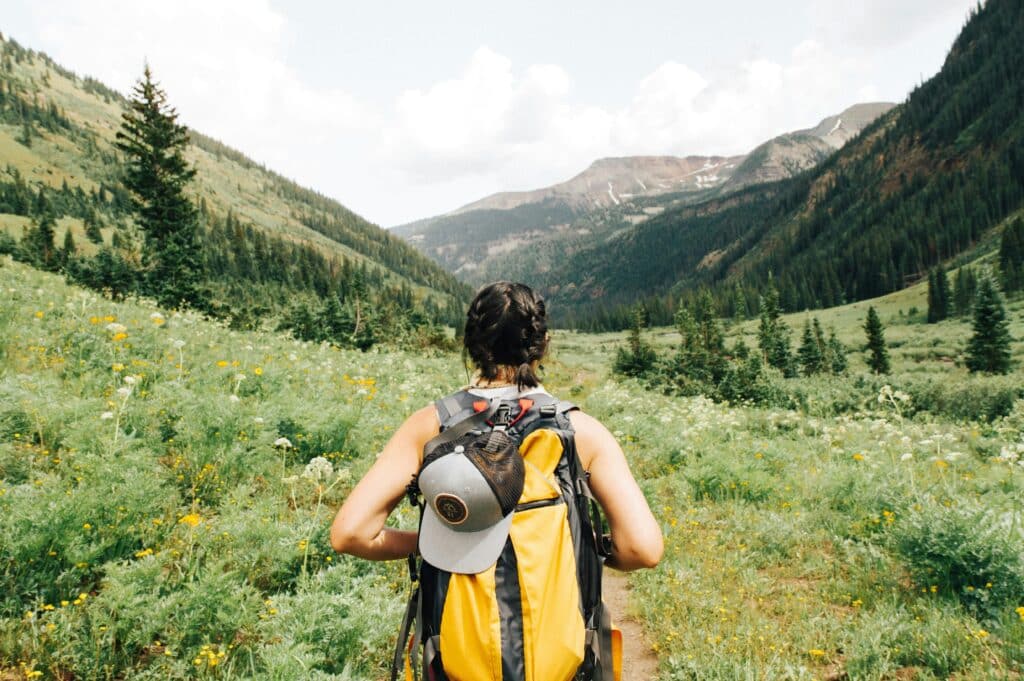
Bajos del Toro Waterfall
Tucked away in the lush forests of Alajuela Province, Bajos del Toro Waterfall is a hidden paradise waiting to be discovered. Located near the small town of Bajos del Toro, this waterfall offers a tranquil oasis away from the hustle and bustle of city life.
Accessing Bajos del Toro Waterfall requires a moderate hike through private property. The trail winds through dense cloud forest, offering stunning views of the surrounding mountains and valleys. Along the way, you may encounter exotic bird species and other wildlife. As you approach the waterfall, you will hear the sound of rushing water, heightening your anticipation.
Once you reach Bajos del Toro Waterfall, you will be greeted by a breathtaking sight: a 90-meter cascade plummeting into a natural pool below. The sheer power and beauty of the waterfall will leave you in awe. The pool is deep and perfect for swimming, offering a refreshing escape from the tropical heat.
The best time to visit Bajos del Toro Waterfall is during the dry season, from December to April. This is when the water levels are higher, making the waterfall even more spectacular. It is also recommended to visit early in the morning or late in the afternoon to avoid crowds and have a more peaceful experience.
When hiking to Bajos del Toro Waterfall, it is important to follow the safety guidelines and restrictions set by the property owners. Respect the natural environment, take all rubbish with you, and avoid straying from the designated paths. By doing so, you contribute to the preservation of this pristine ecosystem for future generations to enjoy.
Nauyaca Waterfalls
The Nauyaca Waterfalls, located near the town of Dominical, are considered one of the most beautiful and majestic waterfalls in Costa Rica. With their multi-tiered cascades and stunning natural pools, they offer a truly unforgettable experience for visitors.
To reach the Nauyaca Waterfalls, you can embark on a scenic hike through the lush rainforest. The trail takes you through dense vegetation, across rivers, and up and down hills. As you make your way closer to the waterfalls, you will hear the sound of rushing water and catch glimpses of their splendor between the trees.
The main highlight of the Nauyaca Waterfalls is the upper falls, which consist of two magnificent cascades dropping from a staggering height. The lower falls also offer a picturesque setting, with their crystal-clear pools inviting you for a refreshing swim. Surrounded by giant boulders and vibrant greenery, these waterfalls truly epitomize paradise.
The Nauyaca Waterfalls are accessible year-round, but the best time to visit is during the dry season, from December to April. This is when the water levels are optimal for swimming, and the weather is generally sunny and pleasant. It is important to note that swimming is not allowed during heavy rain or when water levels are too high.
When hiking to the Nauyaca Waterfalls, it is essential to be prepared and follow safety guidelines. Wear sturdy shoes or hiking boots, bring plenty of water, sunscreen, and insect repellent, and consider carrying a waterproof bag to protect your belongings. Always swim within designated areas, be cautious of slippery rocks, and respect the natural environment by not leaving any trash behind.

Montezuma Waterfall
Nestled on the Nicoya Peninsula, the Montezuma Waterfall is a hidden gem that offers a perfect blend of adventure and relaxation. Surrounded by lush vegetation and located just a short distance from the town of Montezuma, this waterfall is a must-visit for nature enthusiasts.
To reach the Montezuma Waterfall, you can embark on a short but challenging hike. The trail takes you through a dense jungle, with steep and rocky sections that require careful navigation. As you make your way closer to the waterfall, you will hear the sound of cascading water, building the anticipation for what lies ahead.
Once you arrive at the Montezuma Waterfall, you will be greeted by a 24-meter cascade plunging into a natural pool below. The waterfall is surrounded by moss-covered rocks and towering trees, creating a serenely beautiful scene. The pool is deep and ideal for swimming, making it a popular spot for locals and tourists alike.
The best time to visit the Montezuma Waterfall is during the dry season, from December to April. This is when the weather is sunny, and the water levels are lower, allowing for safer swimming conditions. It is important to note that during the rainy season, from May to November, the water levels can drastically increase, making it dangerous to swim.
When hiking to the Montezuma Waterfall, it is important to exercise caution and be prepared. Wear sturdy shoes or hiking sandals to navigate the rocky terrain, bring insect repellent, sunscreen, and plenty of water. Additionally, be mindful of your surroundings and watch your step, as the rocks near the waterfall can be slippery. Always swim within your abilities and respect the natural environment by not leaving any trash behind.
Savegre Waterfall
Located in the Savegre Valley, the Savegre Waterfall is a hidden gem nestled in the heart of Costa Rica’s enchanting cloud forest. With its towering cascade and serene surroundings, this waterfall is a perfect escape for nature lovers.
Reaching the Savegre Waterfall requires a moderate hike through a lush forest. The trail serpents through fern-covered trees and exotic plant species, offering a tranquil and immersive experience. Along the way, you may spot vibrant bird species and other wildlife that call this area home.
Once you reach the Savegre Waterfall, you will be rewarded with a breathtaking sight: a towering cascade of water dropping into a natural pool below. The picturesque setting is ideal for swimming and allows you to cool off in the refreshing water. The tranquility of the surroundings creates a sense of peace and harmony with nature.
The Savegre Waterfall can be visited year-round, as the weather remains relatively consistent in this region. However, it is recommended to visit during the dry season, from December to April, when the water levels are more manageable, and the terrain is less slippery.
When hiking to the Savegre Waterfall, it is important to adhere to safety guidelines and restrictions. Wear appropriate footwear, such as hiking boots or sturdy shoes, to navigate the potentially muddy and uneven terrain. Bring plenty of water and insect repellent, and consider wearing a hat and sunscreen to protect yourself from the sun. Always swim within designated areas and be cautious of the current, especially during the rainy season.
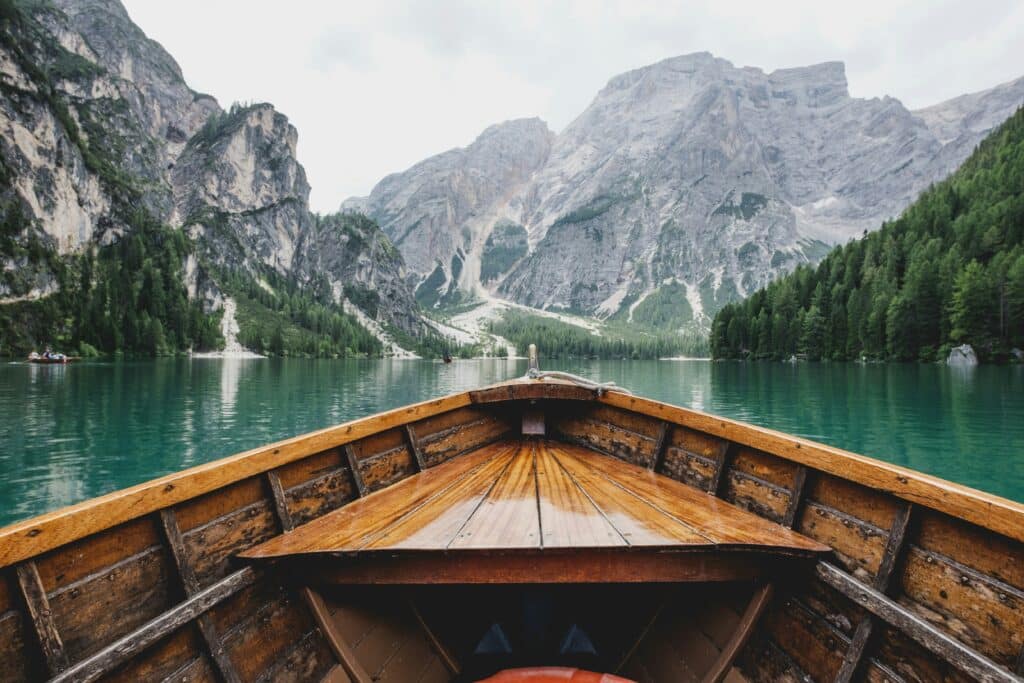
Llanos de Cortés Waterfall
Nestled in the province of Guanacaste, the Llanos de Cortés Waterfall is a hidden oasis waiting to be explored. Surrounded by lush vegetation and located near the town of Bagaces, this waterfall offers a peaceful retreat from the bustling city life.
Accessing the Llanos de Cortés Waterfall is relatively easy, with a short walk from the parking area to the waterfall. The trail takes you through a small patch of forest, leading to a breathtaking sight: a cascading waterfall dropping into a tranquil pool below. The pool is shallow and calm, making it perfect for families with young children.
The Llanos de Cortés Waterfall is available for visitation throughout the year. However, it is recommended to visit during the dry season, from December to April, when the water levels are lower, and the weather is more predictable. Visiting during the early morning or late afternoon can also provide a quieter and more serene experience.
When visiting the Llanos de Cortés Waterfall, it is important to respect the natural environment and follow safety guidelines. The rocks near the waterfall can be slippery, so wearing appropriate footwear is essential. Additionally, be cautious of the current and swim within your abilities. Consider bringing a picnic and enjoy a leisurely day by the waterfall, taking in the beauty of nature.
Catarata del Toro
Tucked away in the lush rainforest near the Poas Volcano, the Catarata del Toro is one of Costa Rica’s hidden gems. With its impressive height and serene surroundings, this waterfall offers a peaceful retreat for those seeking connection with nature.
Reaching the Catarata del Toro requires a short hike through private property. As you make your way along the well-maintained trail, you will be surrounded by lush vegetation and the sound of birds chirping. The anticipation grows as you approach the waterfall, and then you catch your first glimpse of the cascading water dropping into the deep canyon.
The highlight of the Catarata del Toro is its impressive height of 90 meters, making it one of the tallest waterfalls in Costa Rica. The water crashes into a natural pool at the base, creating a picturesque setting. The pool is perfect for swimming, offering a refreshing escape from the tropical heat.
The best time to visit the Catarata del Toro is during the dry season, from December to April. This is when the water levels are lower, providing better visibility and safer swimming conditions. It is important to note that the trail may be closed during heavy rain or adverse weather conditions for safety reasons.
When hiking to the Catarata del Toro, it is crucial to follow safety guidelines and respect the property owners’ rules. Wear appropriate footwear, such as hiking boots or sturdy shoes, to navigate the potentially muddy and slippery trail. Bring plenty of water, sunscreen, and insect repellent, and consider carrying a waterproof bag to protect your belongings. Always swim within designated areas and be mindful of the current’s strength, especially during the rainy season.
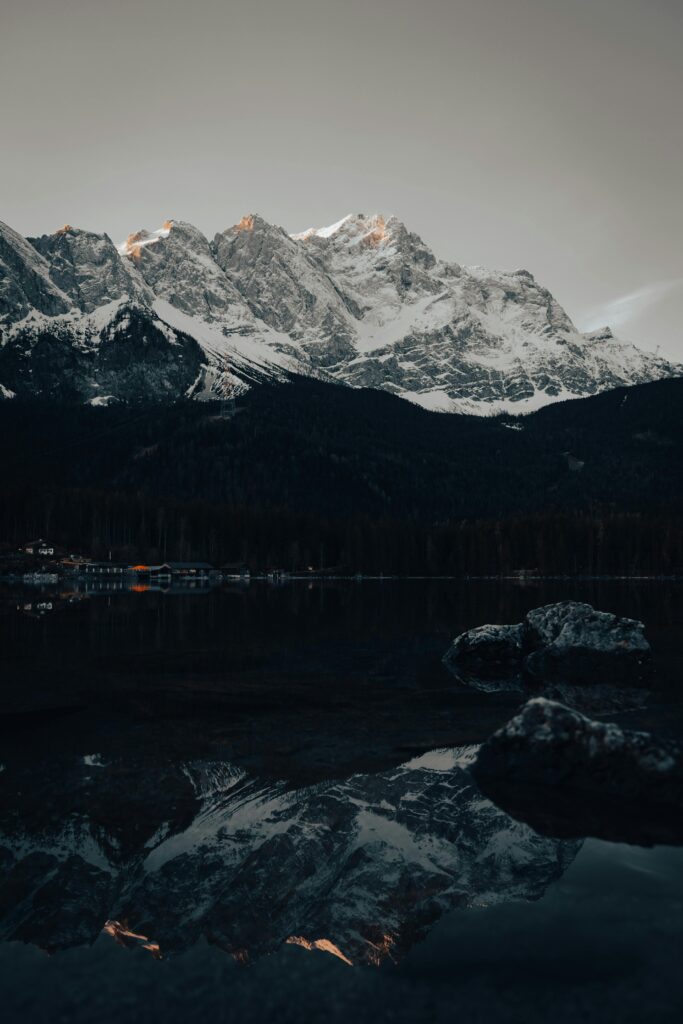
Catarata Tesoro Escondido
Located in the vicinity of the Quetzal National Park, the Catarata Tesoro Escondido is a hidden treasure nestled in the cloud forest. With its lush greenery and pristine beauty, this waterfall offers a peaceful and mystical experience for visitors.
To reach the Catarata Tesoro Escondido, you can embark on a moderate hike through the dense forest. The trail takes you through a diverse ecosystem, with moss-covered trees, vibrant flowers, and the sounds of birds chirping. As you approach the waterfall, you will be captivated by its sheer beauty and natural charm.
The Catarata Tesoro Escondido cascades from a height of approximately 40 meters into a serene pool below. The combination of the waterfall, the surrounding greenery, and the fresh mountain air creates a magical ambiance. Taking a swim in the pool is a must-do experience, allowing you to connect with nature in a unique way.
The Catarata Tesoro Escondido is accessible year-round, but the best time to visit is during the dry season, from December to April. This is when the water levels are lower, providing better visibility and safer swimming conditions. Visiting early in the morning or late in the afternoon can also offer a more tranquil and peaceful experience.
When hiking to the Catarata Tesoro Escondido, it is important to be prepared and follow safety guidelines. Wear sturdy shoes or hiking boots to navigate the potentially muddy and uneven terrain. Bring plenty of water, sunscreen, and insect repellent to stay hydrated and protected from the elements. Additionally, be cautious of your surroundings, swim within your abilities, and respect the natural environment by not leaving any trash behind.
Preparing for Your Waterfall Hike
Embarking on a waterfall hike in Costa Rica requires proper preparation and awareness of the surroundings. To ensure a safe and enjoyable experience, here are some essential items to carry:
Essential items to carry
-
Water: Stay hydrated during your hike by bringing an ample supply of water. Costa Rica’s tropical climate can be hot and humid, making hydration essential.
-
Sunscreen: Protect your skin from the strong UV rays. Choose a sunscreen with a high SPF and apply it before starting your hike. Remember to reapply as needed, especially if you plan on swimming.
-
Insect repellent: Costa Rica is home to a wide variety of insects, including mosquitoes. Apply insect repellent to prevent bug bites and potential diseases such as dengue or Zika.
-
Hat and sunglasses: Shield yourself from the sun’s rays by wearing a hat and sunglasses. These accessories will not only protect you from the sun but also enhance your overall hiking experience.
-
Snacks: Keep energy levels up by bringing snacks such as granola bars or trail mix. These small, lightweight snacks will provide a quick boost when needed.
-
Waterproof bag: Protect your belongings from water damage by carrying a waterproof bag. This will keep your phone, camera, and other valuables safe and dry, especially when swimming near waterfalls.
Dos and Don’ts while hiking
When hiking to waterfalls in Costa Rica, it is important to follow these dos and don’ts to ensure a safe and respectful experience:
Dos:
- Do wear sturdy shoes or hiking boots for traction and ankle support.
- Do stay on designated paths and trails to avoid damaging the fragile ecosystem.
- Do bring a camera or smartphone to capture the beautiful moments during your hike.
- Do listen to and respect the instructions provided by park rangers or property owners.
- Do carry a map or use a GPS device to navigate through the trails.
Don’ts:
- Don’t leave any trash behind. Practice Leave No Trace principles and pack out what you pack in. Help to maintain the pristine beauty of the natural environment.
- Don’t feed or disturb wildlife. Observe animals from a distance and avoid touching or approaching them.
- Don’t venture off the designated paths or swim in restricted areas. Follow all safety guidelines and restrictions for your own safety.
- Don’t hike alone, especially in secluded areas. It is always safer to hike with a companion or join a guided tour.
First Aid and Safety Measures
When exploring waterfalls in Costa Rica, it is essential to carry a basic first aid kit and be knowledgeable about safety measures:
-
First aid kit: Pack a small first aid kit that includes band-aids, antiseptic wipes, adhesive tape, gauze pads, and any necessary personal medications.
-
Know basic first aid: Familiarize yourself with basic first aid techniques, such as treating cuts, scrapes, or insect bites. Knowing how to handle minor injuries can make a significant difference in an emergency situation.
-
Be aware of your limits: Evaluate your physical abilities and choose hikes that are suitable for your fitness level. Be mindful of any health conditions or limitations that may affect your hiking experience.
-
Inform someone about your plans: Before setting out on a waterfall hike, let someone know your itinerary, including the estimated time of return. This is important for safety purposes in case of any unforeseen circumstances.
Understanding the Weather
Costa Rica has a tropical climate, characterized by two main seasons: the dry season (December to April) and the rainy season (May to November). Understanding the weather patterns will help you plan your waterfall hike accordingly:
-
Dry season (December to April): During this time, the weather is generally sunny and dry. Water levels in the waterfalls are lower, making swimming and hiking conditions more favorable.
-
Rainy season (May to November): Expect frequent rain showers and the possibility of heavy rainfall during this season. Water levels in the waterfalls may rise, making swimming and hiking more challenging. It is important to check weather forecasts and avoid hiking during heavy rain or thunderstorms.
Before setting out on your waterfall hike, check weather conditions, park regulations, and any additional safety guidelines provided by local authorities. By being prepared and making informed decisions, you can make the most of your waterfall adventure in Costa Rica.
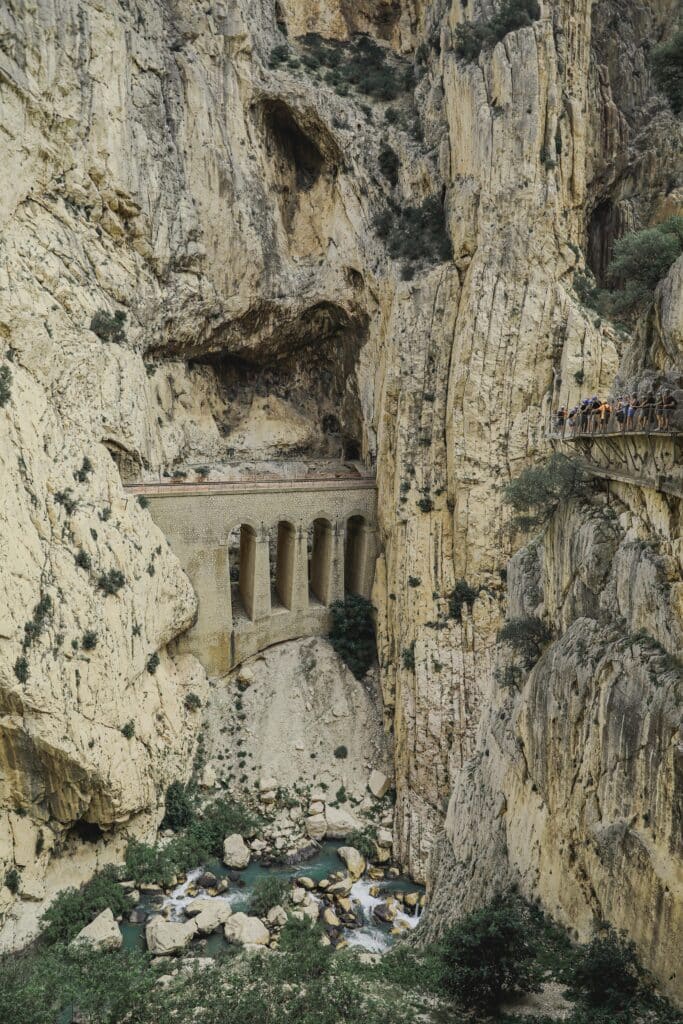

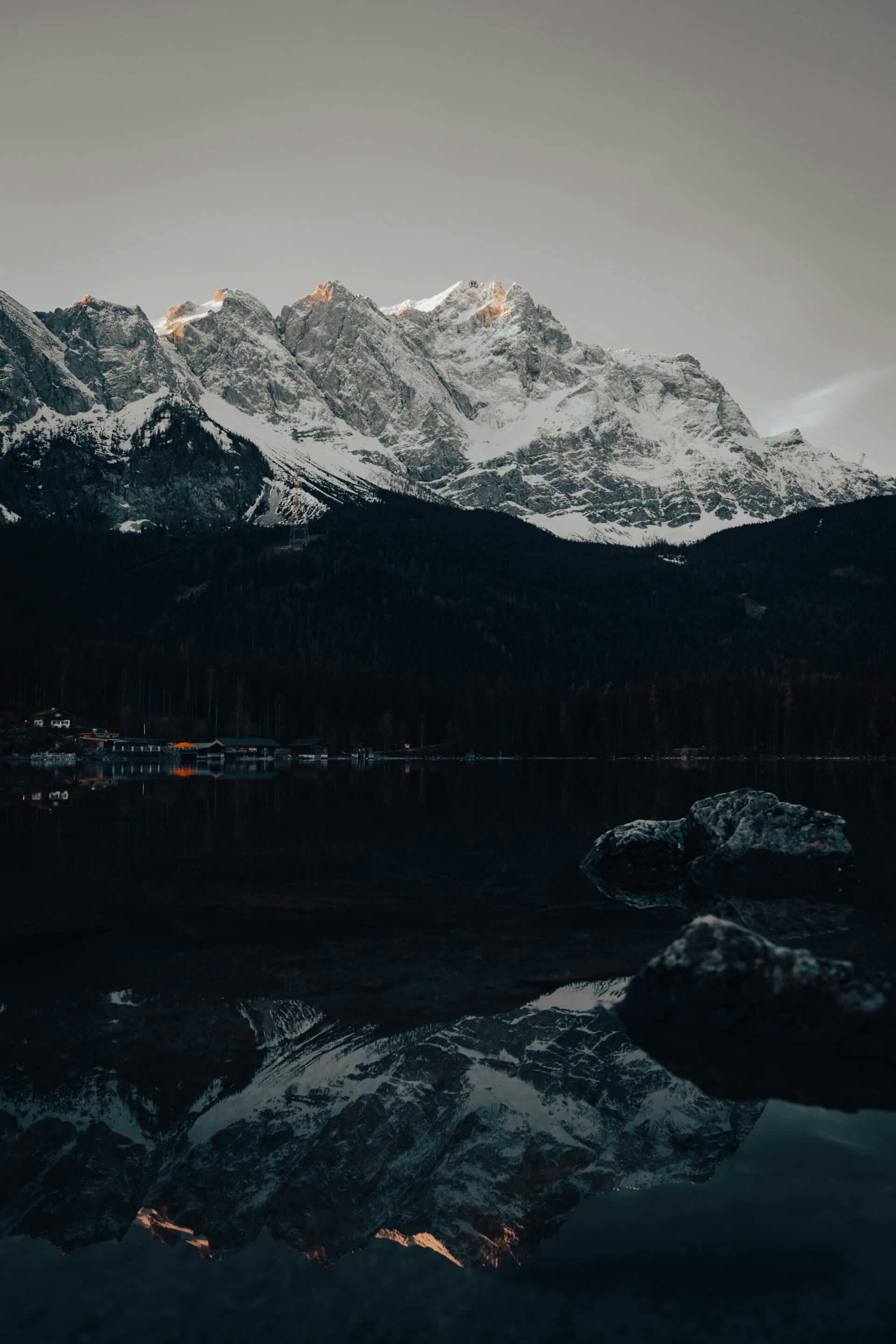






0 Comments